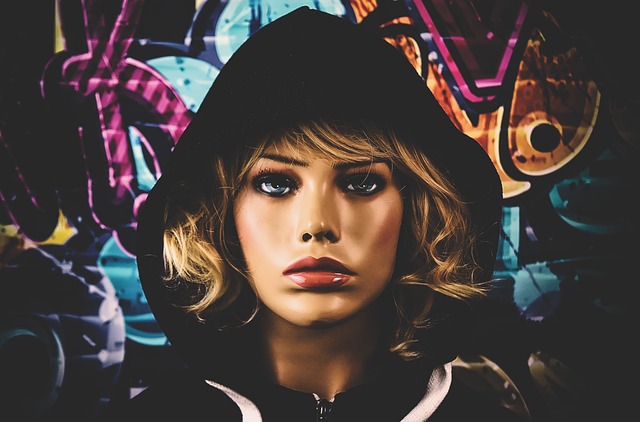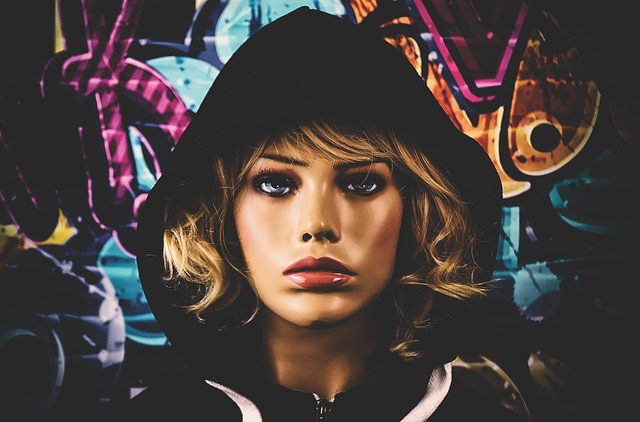-
Table of Contents
The Rise of AI-Generated Selfies: A Complete Guide

Artificial intelligence selfie technology is transforming how we capture and enhance our digital identities. From social media influencers to everyday users, AI-powered tools now allow anyone to create stunning, personalized images with minimal effort. This article explores the latest trends, benefits, and ethical considerations surrounding this rapidly evolving space.
Table of Contents
- Understanding AI-Generated Portraits
- Top Apps for AI-Enhanced Photos
- Unlocking New Creative Potential
- Navigating Privacy and Security
- What’s Next for AI Photography?
Understanding AI-Generated Portraits
Modern algorithms analyze facial features, lighting, and composition to produce flawless results. For instance, apps like Lensa and FaceApp use neural networks to retouch images in seconds. These tools go beyond basic filters, offering advanced enhancements like background replacement and artistic style transfers.
How Machine Learning Powers Smart Selfies
Deep learning models train on millions of images to understand aesthetics. Consequently, they can suggest optimal angles, adjust skin tones, and even generate entirely new expressions. A 2023 study showed that 62% of millennials prefer AI-edited photos over traditional selfies.
Top Apps for AI-Enhanced Photos
Several platforms dominate the market with unique features:
- Lensa: Specializes in magical avatars and professional-grade touch-ups
- Remini: Enhances low-resolution images using generative AI
- Snapchat: Integrates real-time AR filters powered by machine learning
Case Study: Viral AI Portrait Trends
Last year, TikTok’s “AI Time Machine” trend demonstrated the technology’s mass appeal. Users uploaded old photos to create historical fantasy versions of themselves, resulting in over 10 million shares. This highlights how artificial intelligence selfie tools can spark global engagement.
Unlocking New Creative Potential
Beyond vanity, these tools enable artistic experimentation. Photographers now blend multiple styles or generate conceptual pieces without expensive equipment. Meanwhile, marketers leverage synthetic media for personalized campaigns at scale.
Ethical Boundaries in Digital Identity
While exciting, questions arise about authenticity. Some argue that excessive editing promotes unrealistic beauty standards. Platforms like Instagram now require disclosures for AI-modified content, addressing transparency concerns.
Navigating Privacy and Security
Data protection remains critical when using face-swapping apps. Always review permissions before uploading sensitive images. For safer alternatives, consider local AI processing tools that don’t cloud-sync your data.
Legal Implications of Synthetic Media
Jurisdictions are developing laws around deepfakes and biometric data. The EU’s AI Act proposes strict regulations for facial recognition technologies, potentially affecting artificial intelligence selfie applications.
What’s Next for AI Photography?
Emerging technologies promise even more immersive experiences:
- 3D holographic avatars for metaverse integration
- Real-time emotion detection for dynamic filters
- Blockchain-based verification of original content
Preparing for the Next Wave
As explained in our digital identity forecast, these advancements will redefine online interactions. Professionals should stay informed through resources like AI Photography Trends and MIT Tech Review.
Key Takeaways
Artificial intelligence selfie tools offer incredible convenience and creativity but require responsible usage. By understanding the technology’s capabilities and limitations, users can harness its power while maintaining ethical standards. For deeper insights, explore our AI photography ethics guide or the latest research at AI Now Institute.



Leave a Reply